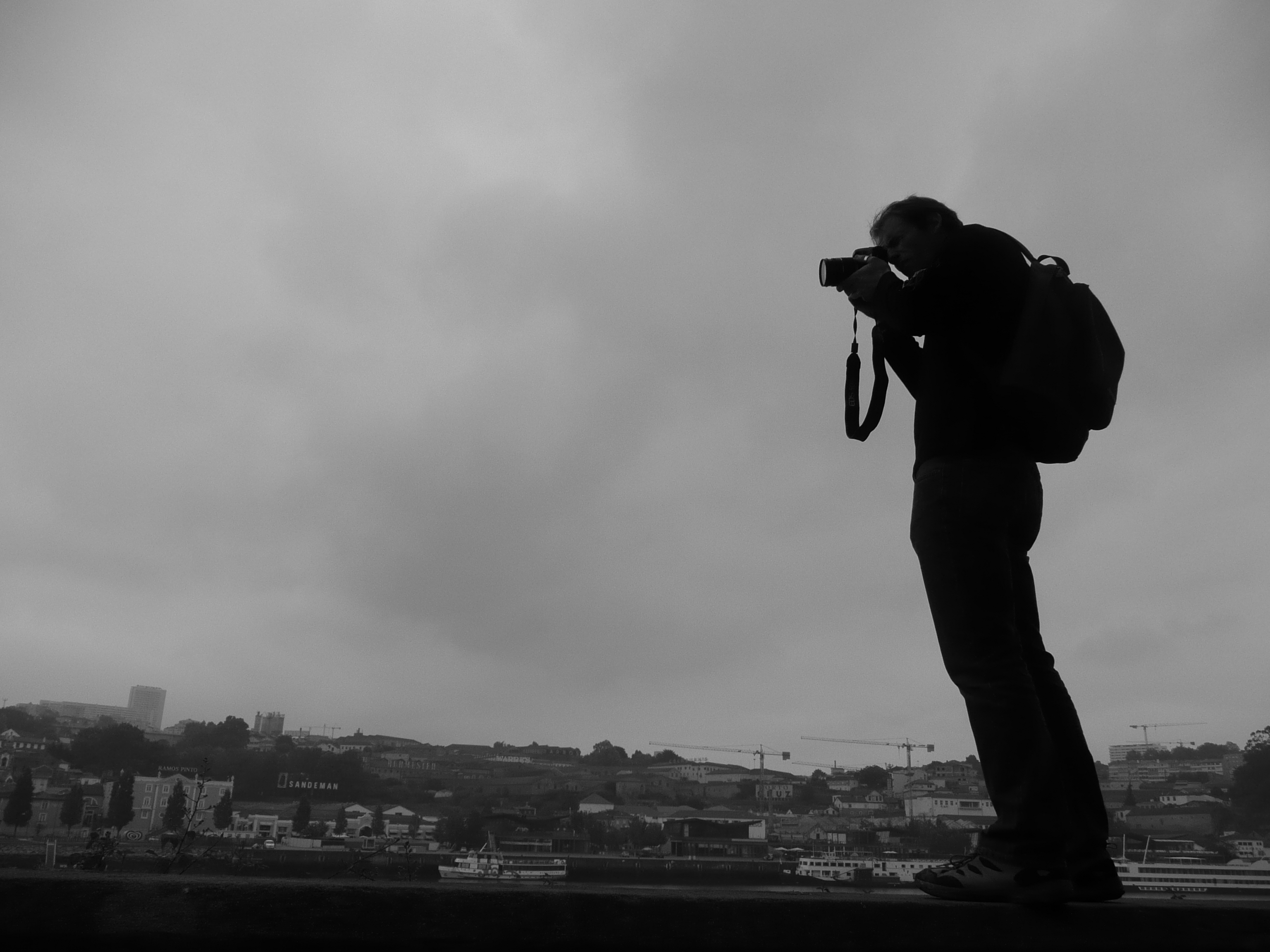
War Photography: Truth Witness or Manipulation?
Written by Thomas Ærvold Bjerre, Assitant Professor at Center for American Studies
World-famous photographer Steve McCurry became the focus of a media storm in May this year, after it was revealed that several of his photos had been manipulated. In the wake of this disclosure, the debate about photography’s role and function has once again flared up.
McCurry recently made a public statement in Time Magazine, arguing that “today I am a visual storyteller …. The years of covering conflict zones are in the distant past.” Exactly because McCurry initially became known covering wars and conflicts, the thought (and proof) of him manipulating his images seems all the more troubling.
A credible witness
The premise behind the uproar is, of course, that photography is objective, that it is a “credible witness,” as Miles Orvell has put it (208). This idea of photography’s “authority of fact” (Orvell 205) is what has made it a crucial and necessary part of news reportage, also when it comes to covering war and conflict.
And even in our digital era, where much photography (private, fashion, art, etc,) is manipulated for maximum effect, there is still an expectation that certain kinds of photography should deliver a more or less one-to-one connection between the image and the world it captures. And, as Orvell asserts, the social function of this kind of photographer is to “witness events that often exceed our ability to even imagine” (209).

Freelance photographer Narciso Contreras’ photo of a Syrian rebel before and after the manipulation
John Taylor has stressed this point even further, arguing that the presence of such imagery is a crucial part of society’s “cultivation of historical sense and feeling” (194). If editors, picture editors, photographers, and others choose not to share horrific images, they keep people in the dark. Once the pictures are out there, according to Taylor, “forgetting about them or refusing to see them becomes a deliberate choice, a conscious act of citizenship,” in which people choose “ignorance above knowledge” (195).
Taylor’s argument is challenged, though, by the vey instability of photographic meaning. Even documentary photos have multiple meanings. Mick Gidley has noted how the horrific and infamous Abu Ghraib images have resulted in wildly conflicting responses: Some have claimed that the photos “represent the enactment of “official” US government policies;” Donald Rumsfeld called what they showed “Un-American;” and some argued that the photos merely show examples of “a rougher form of the hazing that has traditionally characterized American men’s club initiation ceremonies” (Gidley 11).
Photographer vs. viewer
Regardless of the instability of photographic meaning, in order for photography to maintain its status of credible witness to the world (and the horrific crimes committed in it), there needs to be a firm rhetorical contract between photographer and viewer. If this contract gets broken too many times, documentary photography will lose its power to “authenticate he reality of events” (Orvell 208).
History has seen many examples of this - not even counting the numerous examples of propaganda. The circumstances of Robert Capa’s iconic 1936Death of a Loyalist photo have been disputed ever since it was taken. More recently, in 2014, Associated Press fired photographer the Pulitzer Prrize-winning photographer Narciso Contreras after he admitted to manipulating a photo of a Syrian rebel. And when the winner of the 2014 World Press Photo of the Year was announced in early 2015, it was also announced that 20% of the finalists had been disqualified because of altering their photos.
There is obviously an increasing challenge to the notion of war photography as credible witness. The rise in smart phones and social media means not only that traditional news media have lost their grip on telling the stories. It also means that images are being shared online often without the proper context, which leads to (sometimes deliberate) misunderstandings and misrepresentations.
This amounts to a continuous chipping away at the very foundation for photography’s role as truth teller. This should be a wake-up call to all of us, especially now that the co-called post-factual era has found its footing (see Donald Trump, the Brexit campaign, etc.). In the ongoing war against facts, documentary photography seems to be on the loosing side.
References
- Garratt, Luke. “Pulitzer Prize-winning photographer fired after admitting that he doctored Syrian war rebel picture by photoshopping camera out of original image.” Daily Mail, January 23, 2014. http://www.dailymail.co.uk/news/article-2544662/Pulitzer-Prize-winning-photographer-fired-admitting-doctored-Syrian-war-rebel-picture-photoshopping-camera-original-image.html
- Gidley, Mick. Photography and the USA. London: Reaktion Books, 2011.
- Laurent, Oliver, “Steve McCurry: I’m a Visual Storyteller Not a Photojournalist.” Time, May 30, 2016. http://time.com/4351725/steve-mccurry-not-photojournalist/
- Orvell, Miles, American Photography. Oxford University Press, 2003.
- Taylor, John, Body Horror: Photojournalism, Catastrophe, and War. New York University press, 1998.
- Zhang, Michael. “World Press Photo Disqualifies 20% of Finalists, Picks Photo of the Year for 2014.” PetaPixel February 12, 2015.http://petapixel.com/2015/02/12/world-press-photo-disqualifies-20-finalists-picks-photo-year-2014/